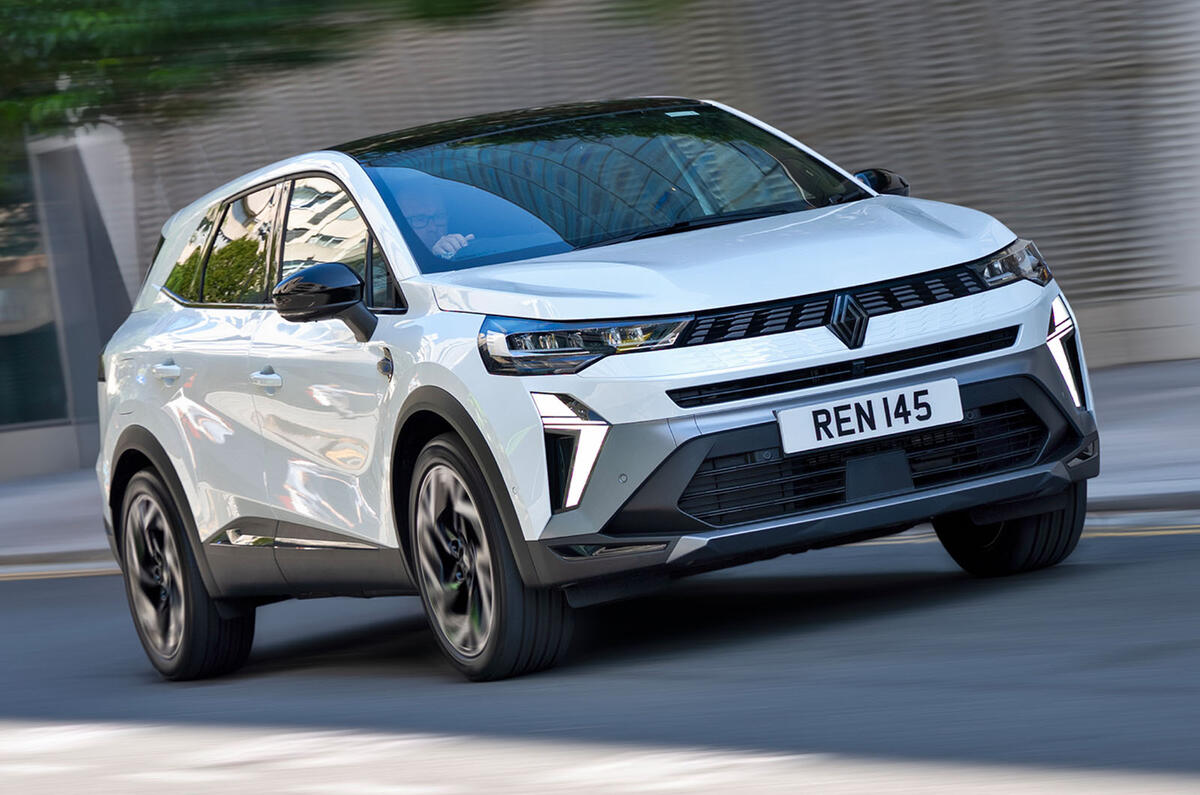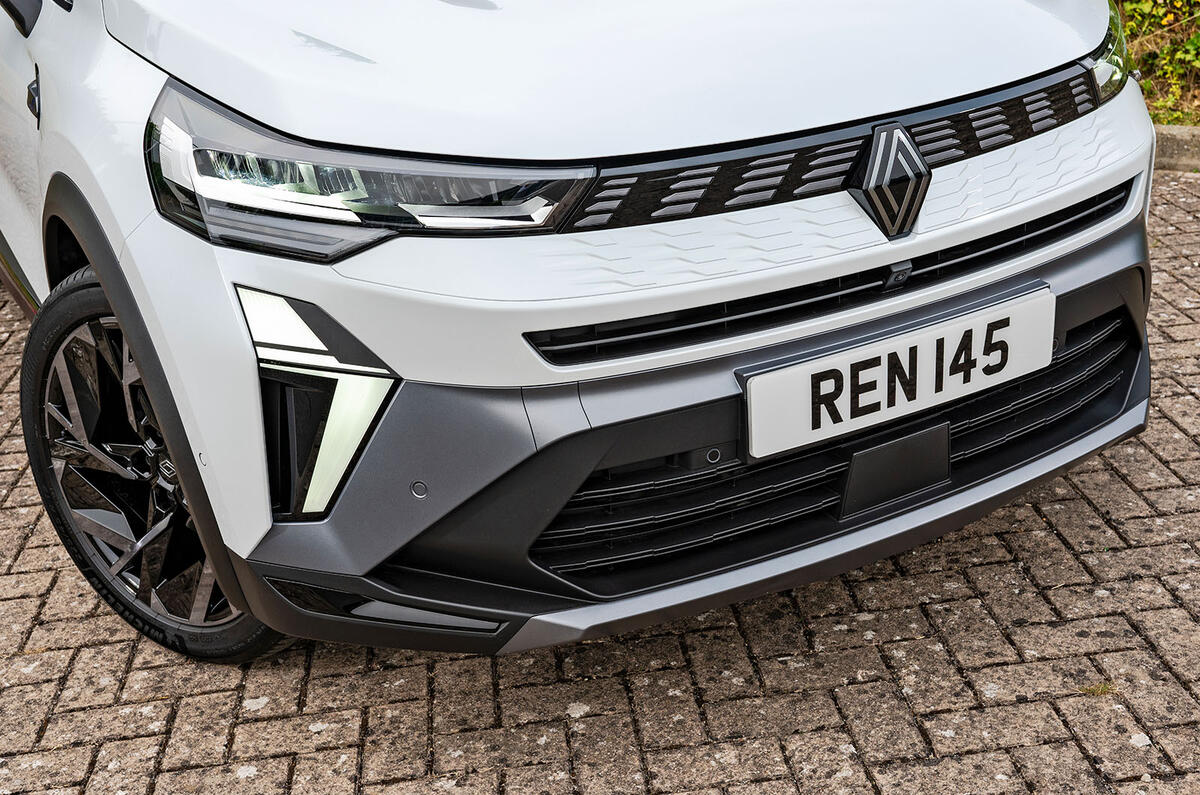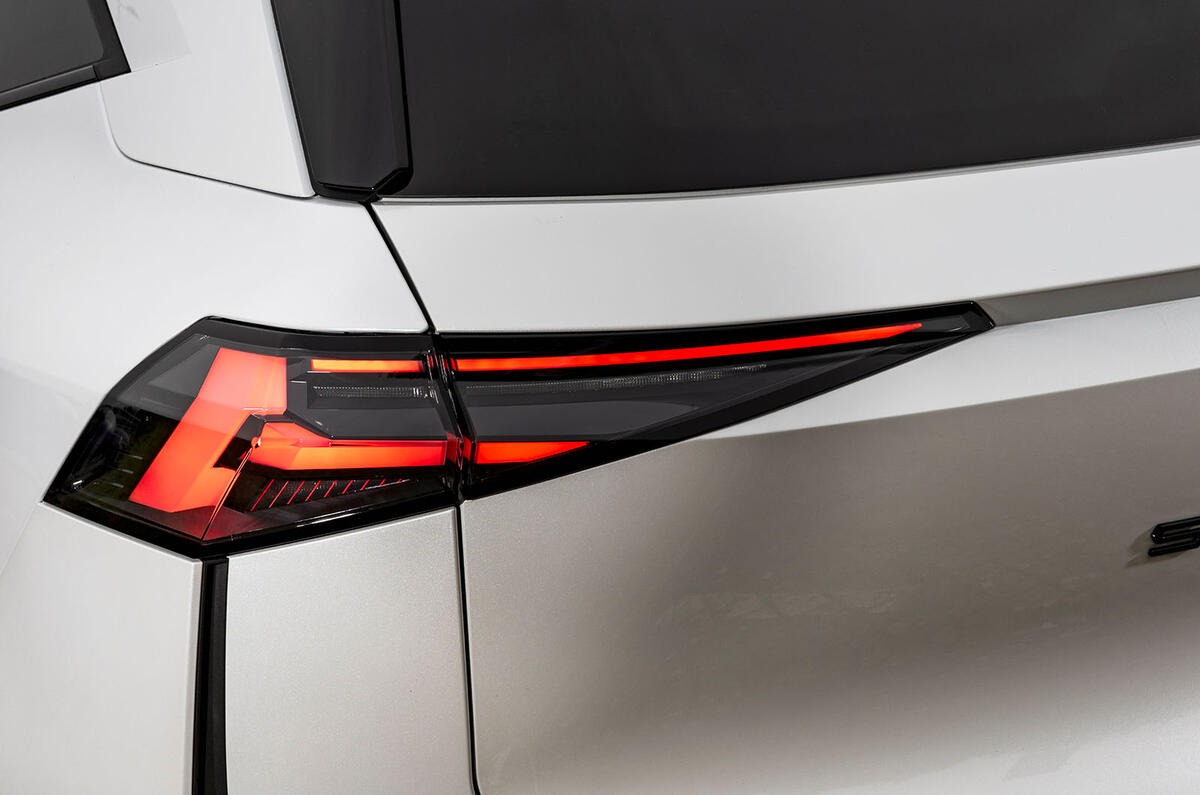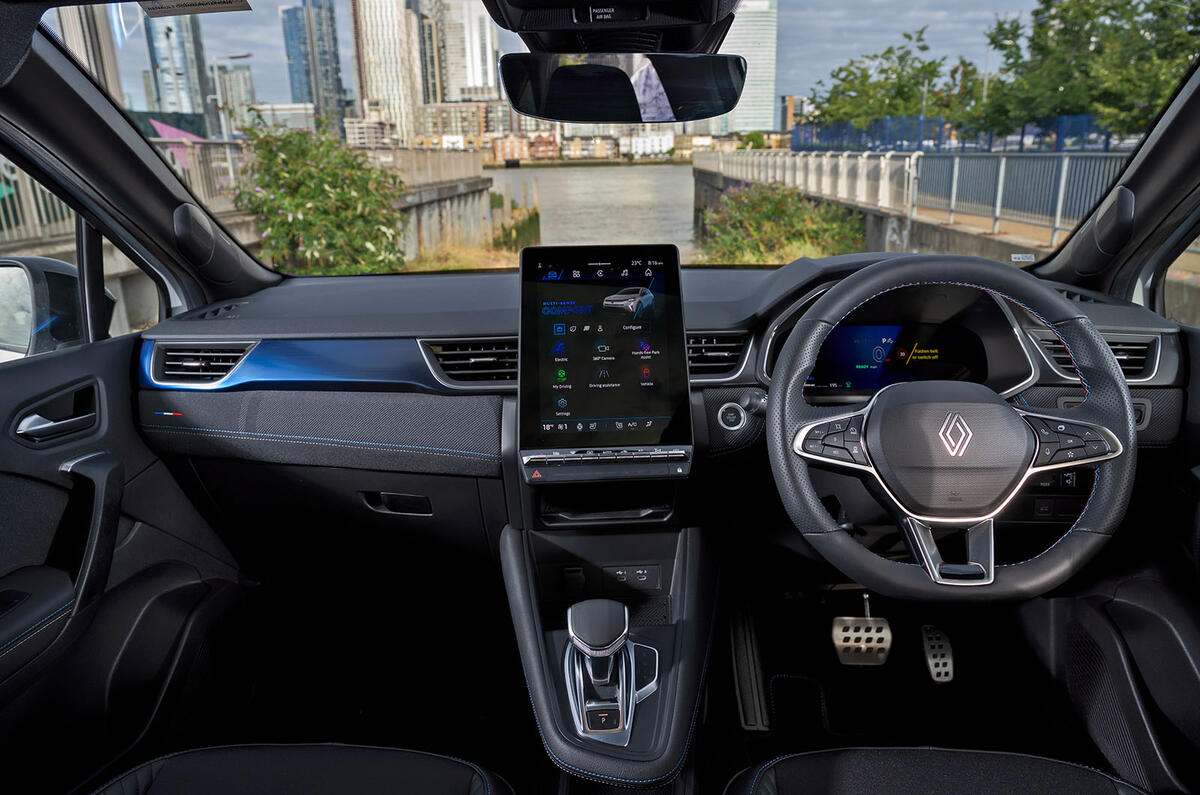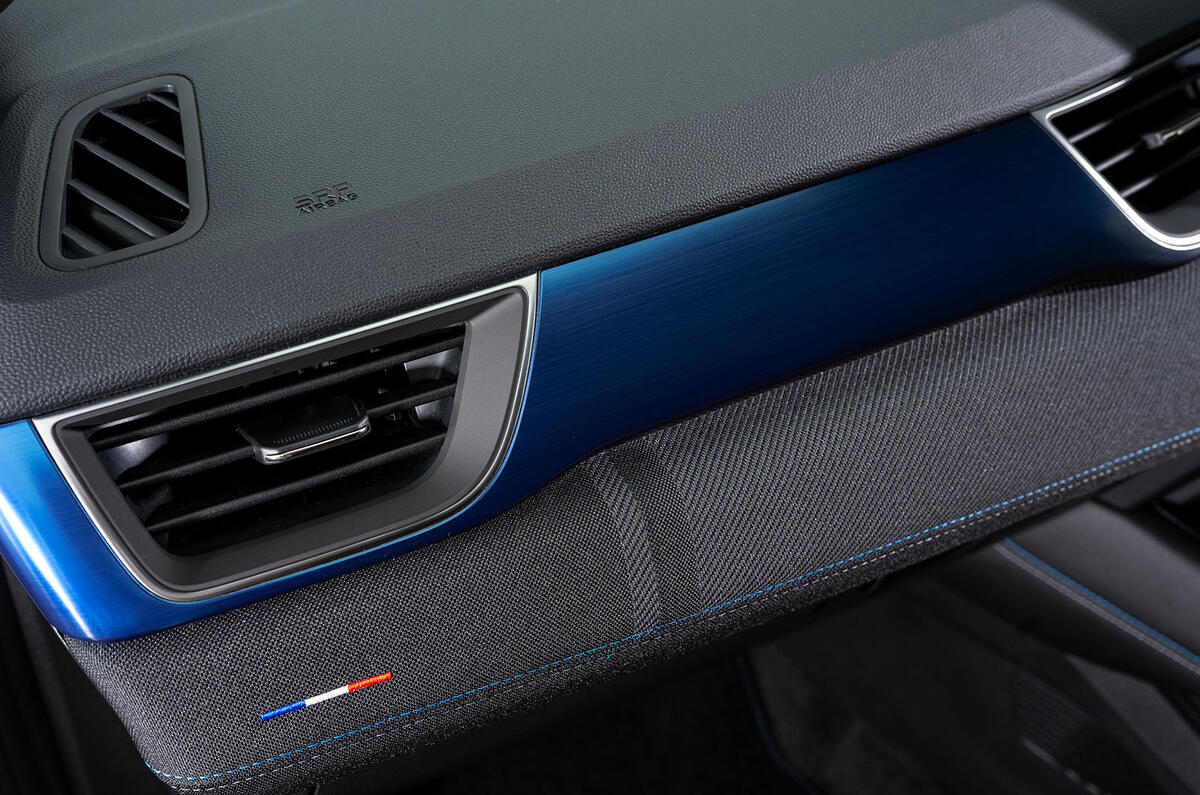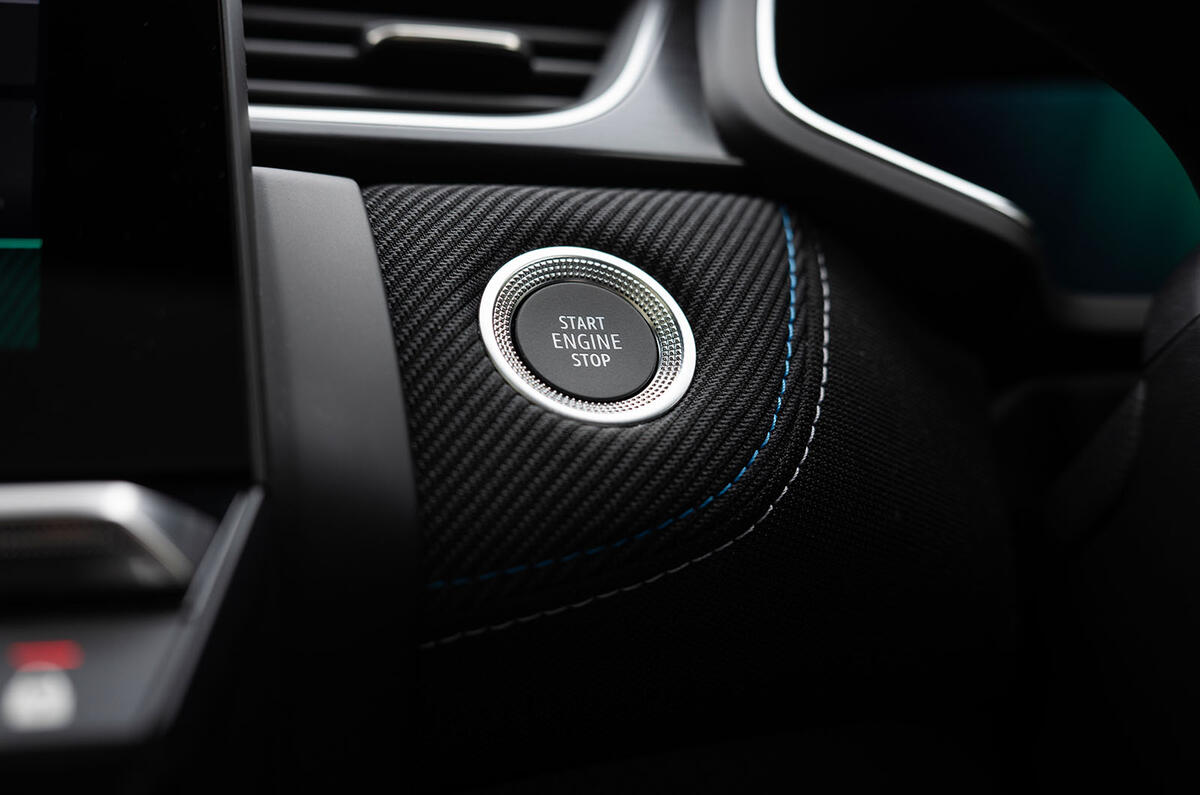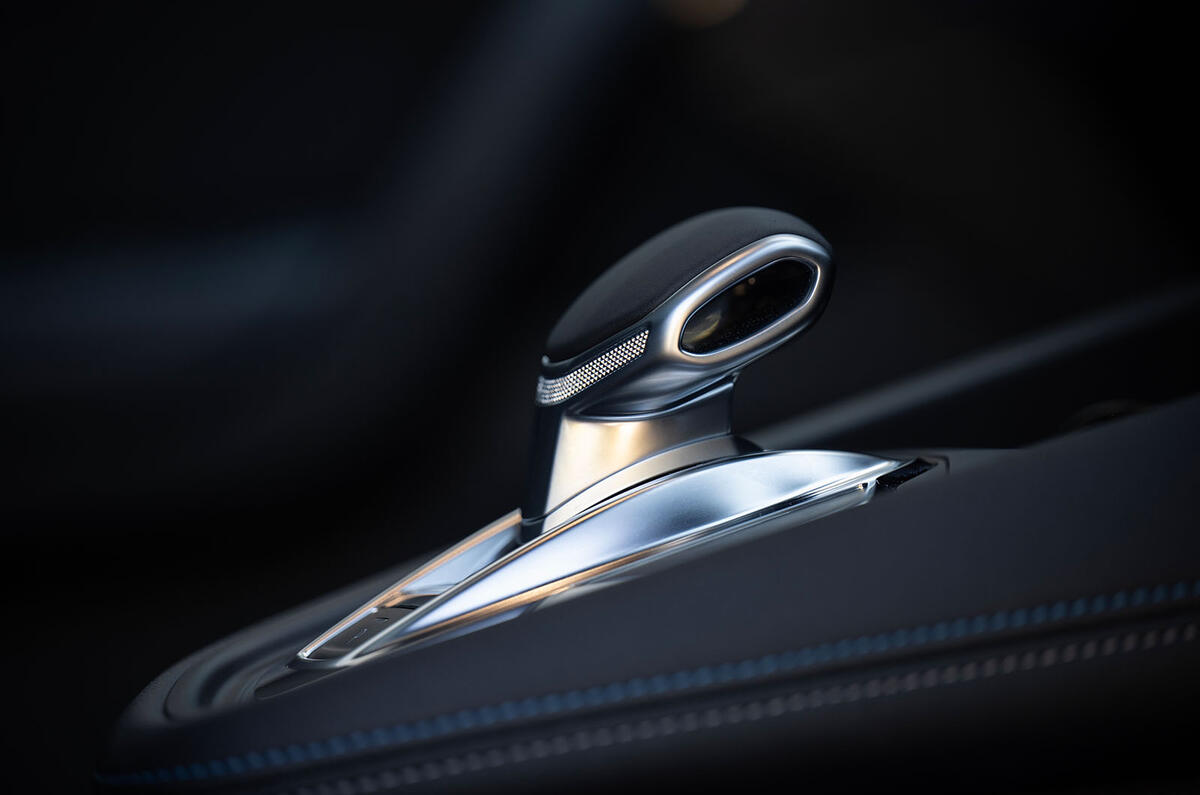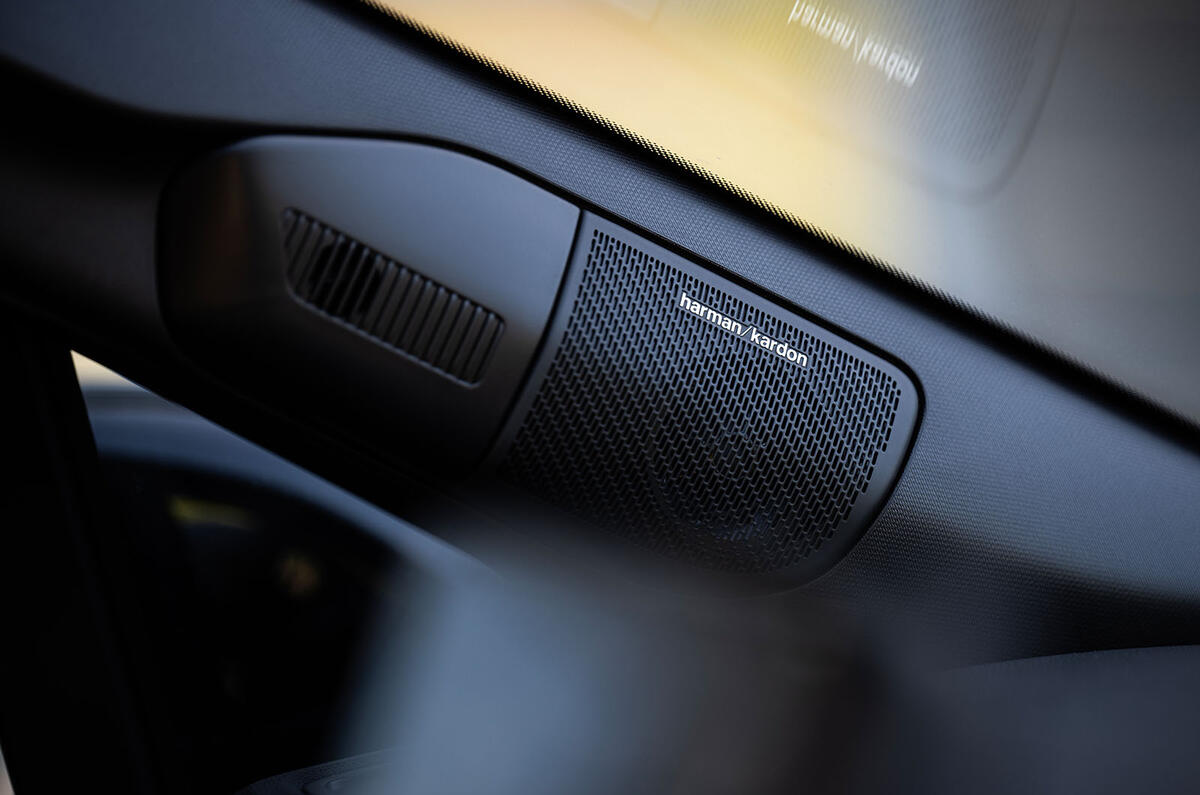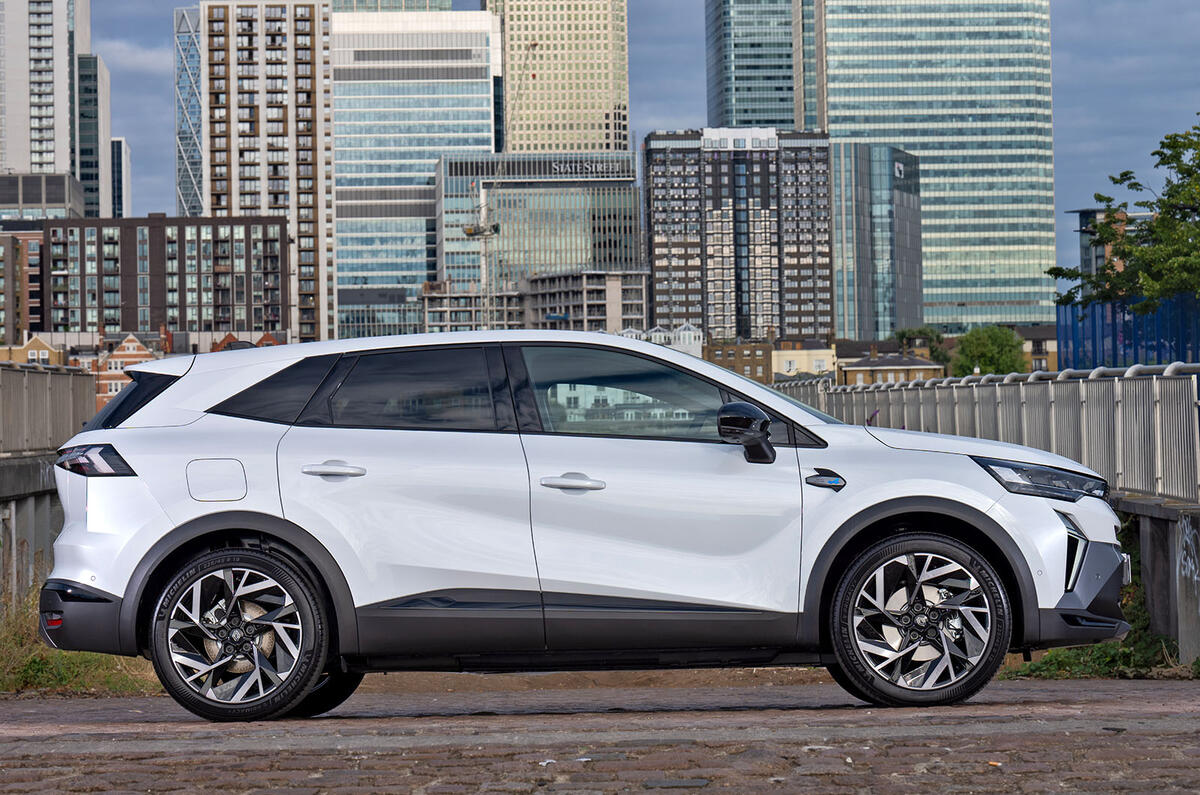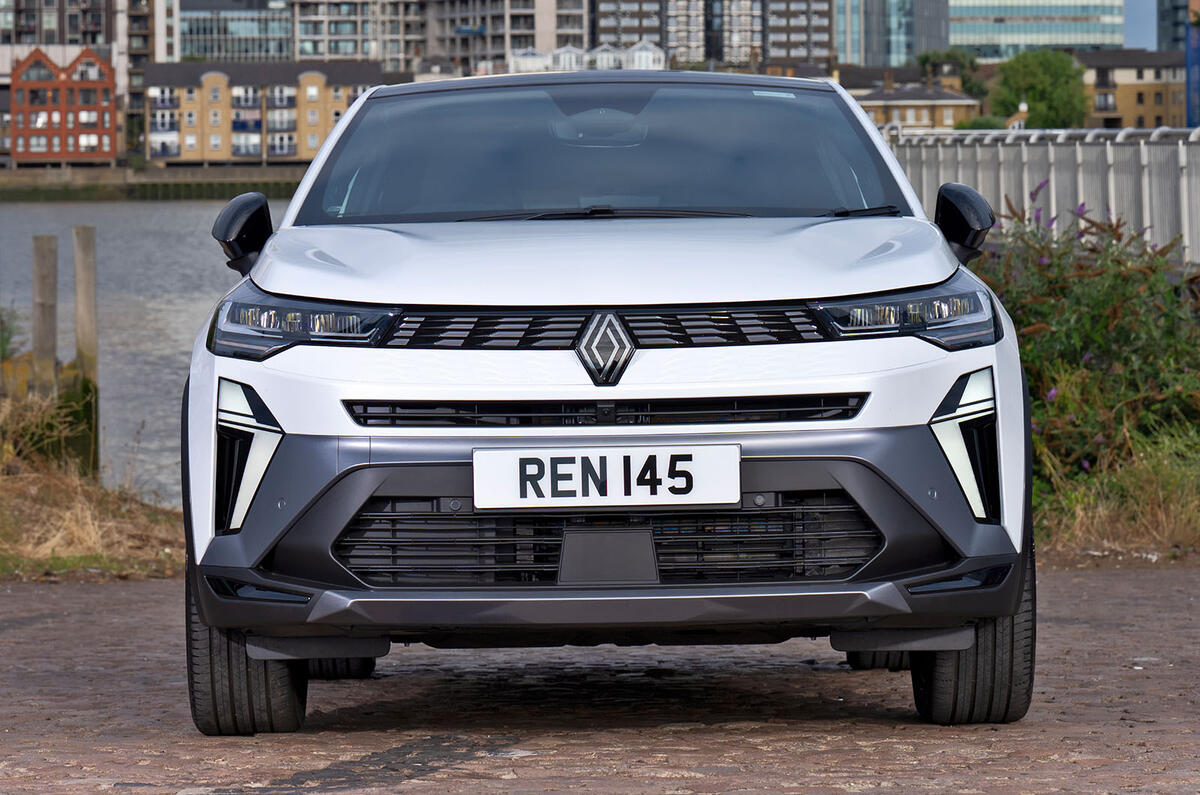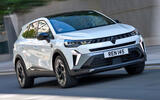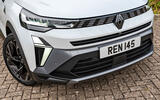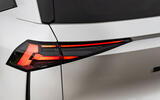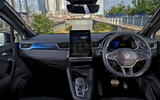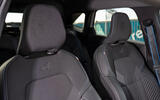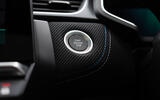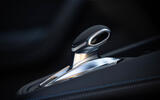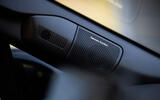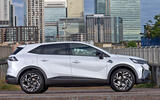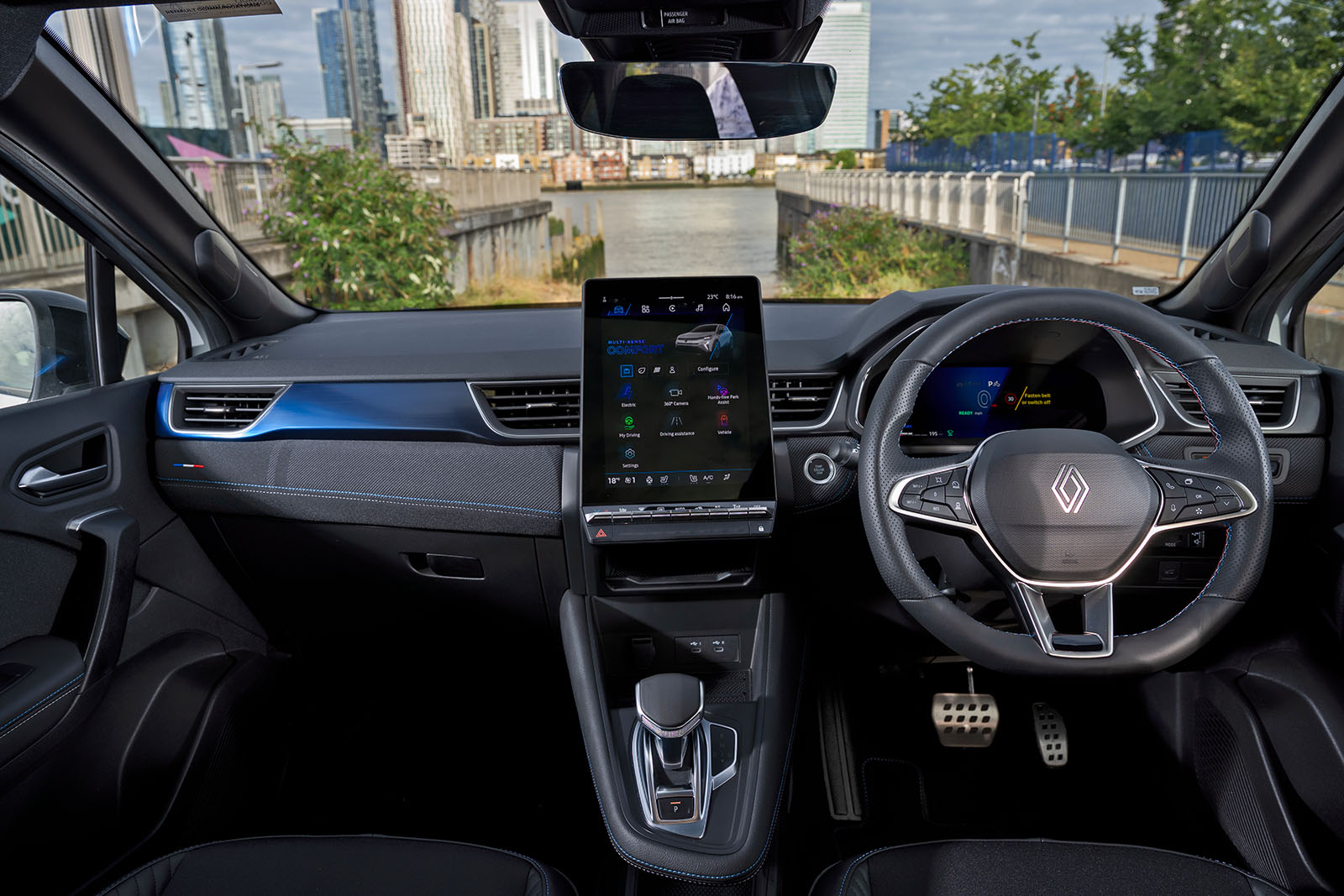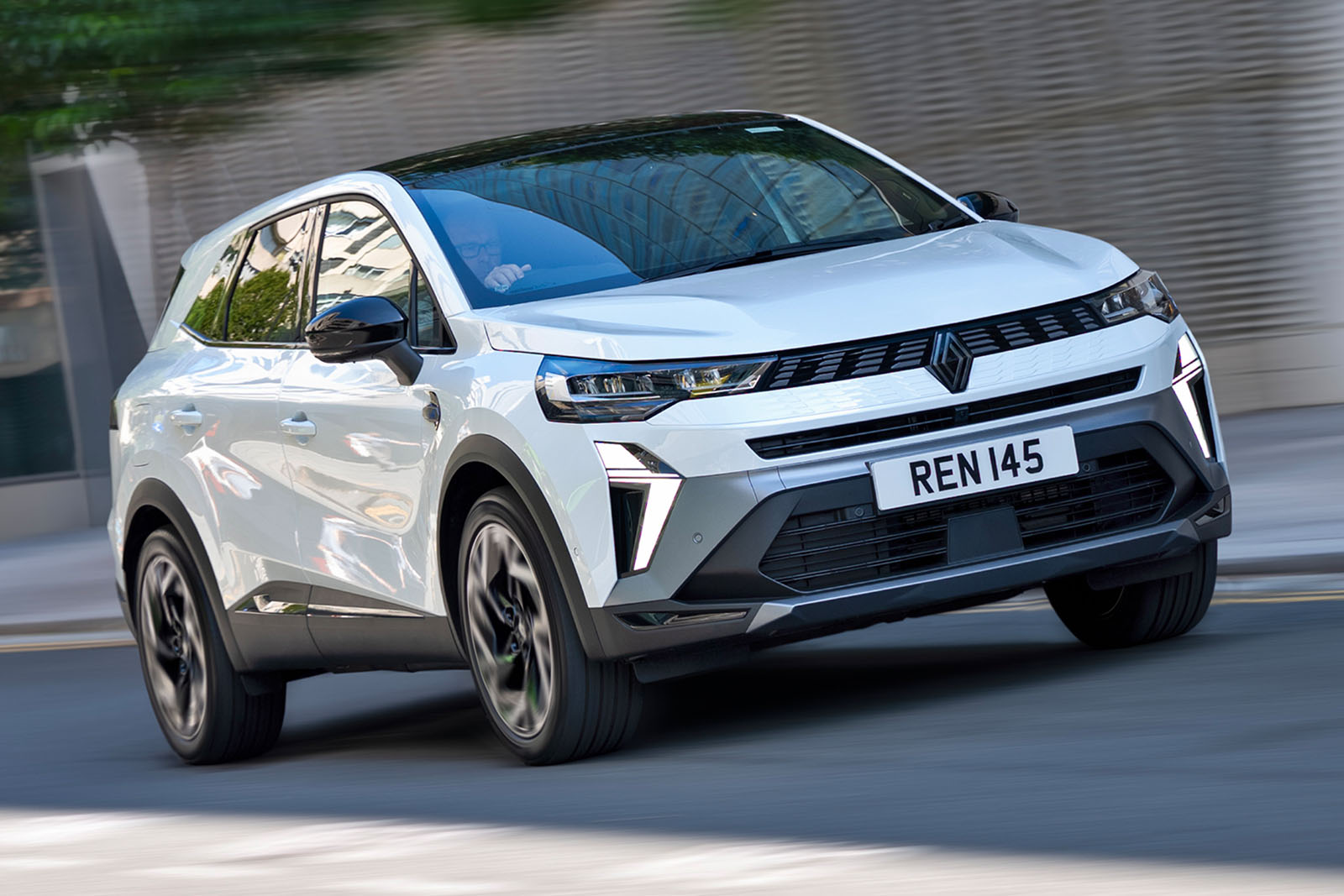The Renault Symbioz is proof of just how much Renault is investing in hybrid technology, with brand CEO Fabrice Cambolive telling us how crucial it is in easing the transition of customers to EVs and achieving a low-emissions line-up.
The French firm's combustion range is split between mild hybrid, plug-in hybrid and full hybrid, but the big emphasis is on full hybrid. It's the only drivetrain present in every combustion-based production Renault model – and this will continue well into the future.
As such, the Symbioz - the smaller sibling of the Austral – has just received a powertrain overhaul, getting the same E-Tech 160 full-hybrid system that we've already seen in the Dacia Duster and a new mild-hybrid powertrain at the entry-level.
As is the C-segment way, rivals are flooding in from all corners of the globe, from the Hyundai Kona and Nissan Qashqai to the Peugeot 2008 and Kia Niro, which means this car has to be more refined, efficient, practical and generally competitive than ever before.
Described by the design chief of Renault's small cars as "more rational and less emotional", it has purely been conceived for families and fleets, with upright, boxy proportions, decent interior space and hybrid power. But does it live up to these credentials while truly differentiating itself from talented competition?



